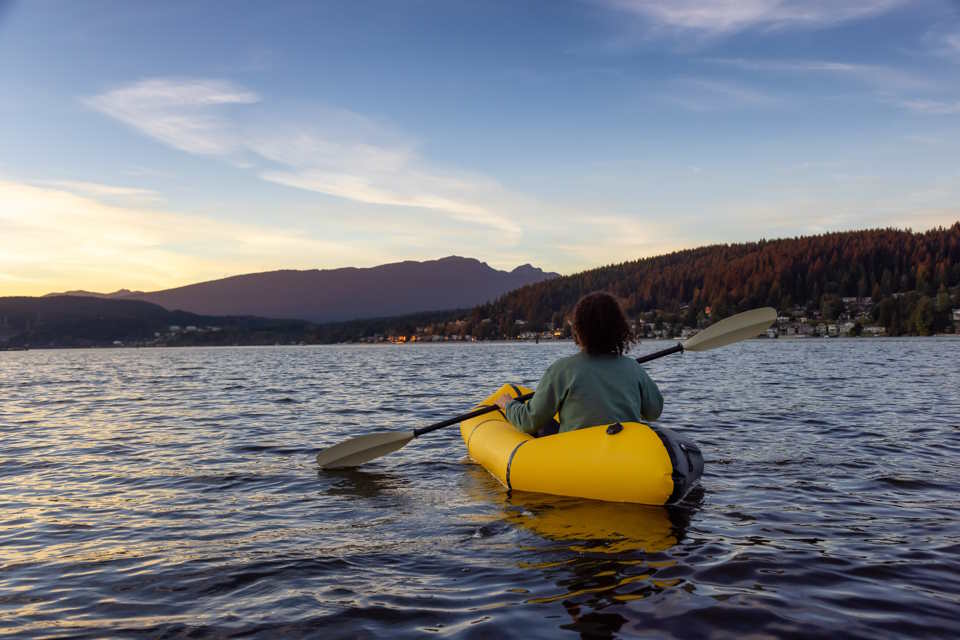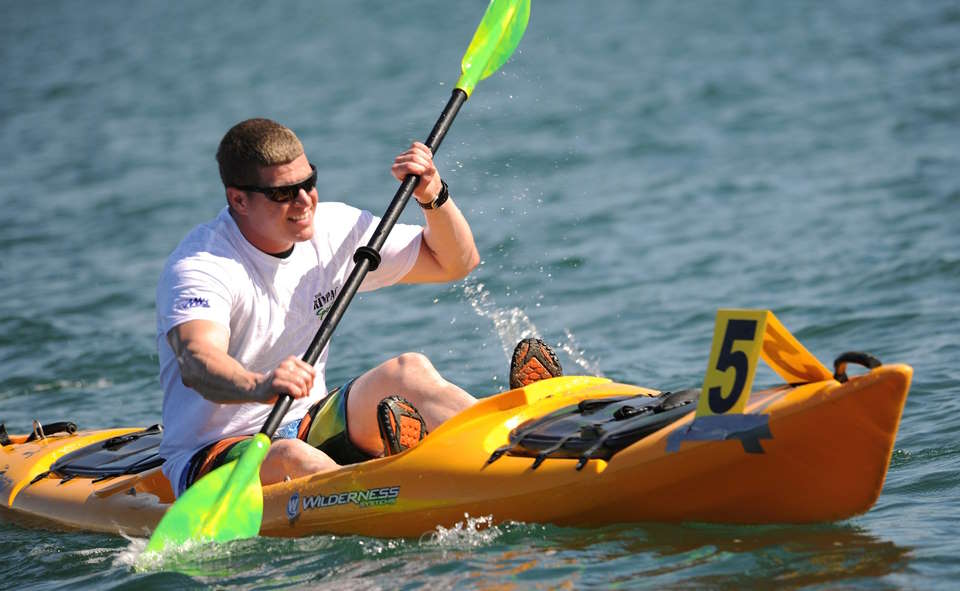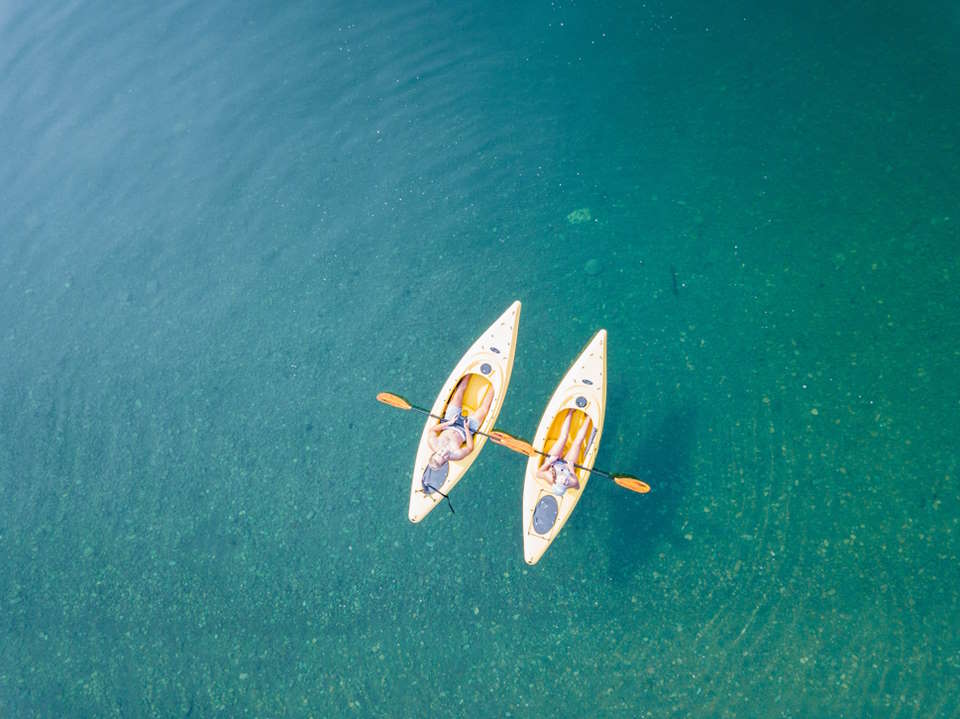Kayaking is a thrilling outdoor activity that allows us to explore the wonders of nature and immerse ourselves in its tranquil beauty. However, to have a safe and enjoyable experience, it is crucial to understand and navigate different water conditions. Whether you’re kayaking in calm waters, navigating rapids, or venturing into open ocean, each setting comes with its own set of challenges and precautions. We will delve into the essentials of understanding water conditions, provide helpful tips for kayaking in different environments, and explore the necessary precautions to ensure a safe and memorable kayaking adventure.
Understanding Water Conditions For Safe Kayaking
Have you ever gone kayaking and found yourself unexpectedly thrown off balance? Or have you ever been caught in a strong current and struggled to paddle against it? Understanding water conditions is crucial for safe kayaking. Whether you’re a beginner or an experienced paddler, the knowledge of how different water conditions affect your abilities and safety is essential. So, let’s dive in and explore the various water conditions you should be aware of before embarking on your kayaking adventure!
Flatwater: The term “flatwater” refers to calm and still water conditions, such as lakes, ponds, and slow-moving rivers. Paddling in flatwater is like gliding on a mirror, providing a serene and effortless experience. It is an excellent environment for beginners to practice their kayaking skills, as there are no strong currents or challenging obstacles to overcome. However, don’t assume that flatwater is always easy-going. Wind can create small ripples and waves, which can affect your stability. So, be prepared to adapt and adjust to these conditions.
Whitewater: On the other end of the spectrum, we have whitewater – the exhilarating and adrenaline-pumping side of kayaking. Whitewater refers to fast-moving water with rapids and cascades. It ranges from Class I (easiest) to Class VI (most difficult and dangerous). Navigating whitewater requires skill, agility, and a good understanding of river dynamics. It’s like playing a thrilling game of dodgeball with rocks, waves, and currents. Always assess your abilities and choose a suitable whitewater level that matches your experience and confidence. Remember, safety should always be a priority!
| Water conditions | Kayaking tips |
|---|---|
| Flatwater | Practice balance and stability |
| Whitewater | Master paddling techniques and river reading |
Tidal Waters: For those who crave the challenge of kayaking in open ocean areas, understanding tidal waters is crucial. Tidal currents, caused by the gravitational pull of the moon and sun, create ever-changing water levels and strong flows. It’s like having a giant water treadmill! Kayaking in tidal waters requires careful planning, as you need to consider the timing of tides and currents. Even experienced kayakers must have knowledge of navigation, use proper safety equipment, and be aware of potential hazards.
Now that you have a better understanding of these three water conditions – flatwater, whitewater, and tidal waters – you can plan your kayaking adventures more confidently and safely. Remember to always assess your skills and choose an appropriate environment. Whether you prefer the tranquility of gliding on a calm lake or the thrill of conquering roaring rapids, water conditions play a vital role in your kayaking experience. So, grab your paddle, wear your life jacket, and embark on an unforgettable journey exploring the mesmerizing world of kayaking!
Tips For Kayaking In Calm Waters
Are you a nature lover, seeking new adventures to embark on? If so, kayaking might just be the perfect activity for you. Whether you are a beginner or an experienced paddler, it is essential to have a good understanding of the water conditions before heading out for a kayaking trip. We will focus on tips for kayaking in calm waters so that you can enjoy a safe and enjoyable experience.
When kayaking in calm waters, it is crucial to consider a few key factors to ensure a smooth and relaxing journey. Firstly, it is important to check the weather forecast before setting out. Calm waters can quickly turn rough if unexpected storms approach. Secondly, it is advisable to plan your route in advance, taking into account the distance and any potential obstacles or hazards. This will help you have a clear idea of what to expect during your kayaking adventure.
Another essential tip for kayaking in calm waters is to wearappropriate safety gear. Although the waters may seem peaceful, accidents can still happen. It is vital to wear a personal flotation device (PFD) at all times to ensure your safety in case of capsizing or unexpected events. Additionally, consider wearing protective items such as a hat, sunglasses, and sunscreen to shield yourself from the sun’s harmful rays.
Before embarking on your kayaking journey, it is important to familiarize yourself with the area. Study the map of your chosen route and look out for any rules or regulations specific to the location. Some areas may have designated kayak lanes or restricted zones, so it is essential to abide by these guidelines to ensure a safe and enjoyable experience.
Navigating Rapids And Whitewater Safely
Are you an adrenaline junkie looking for your next thrilling adventure? Look no further than navigating rapids and whitewater while kayaking! This heart-pumping activity combines the beauty of nature with the excitement of conquering turbulent waters. However, it’s essential to approach these rapids with caution and ensure your safety at all times. We will explore some invaluable tips and precautions that will help you navigate rapids and whitewater safely.
First and foremost, it’s crucial to understand water conditions before embarking on your kayaking expedition. Rapids are graded on a scale from I to VI, with I being the least challenging and VI being extremely dangerous. Beginners should start with lower-grade rapids to familiarize themselves with the techniques of paddling through whitewater. As you gain experience and confidence, you can gradually progress to more difficult rapids. Remember, safety should always be your top priority!
To further ensure your safety, here are some essential precautions to follow when kayaking in rapids. Firstly, always wear a proper personal flotation device (PFD) or a life jacket. This will keep you afloat even if you capsize. Additionally, investing in a quality helmet is a must to protect your head from potential injuries caused by collisions with rocks or submerged objects. Lastly, never kayak alone – having a reliable partner can provide assistance in case of emergencies and make the experience much more enjoyable.
| L I S T | OF | T I P S |
|---|---|---|
| 1. | Stay focused on your paddling technique. | Proper paddling techniques, such as the forward stroke or the draw stroke, can greatly improve your maneuverability in rapids. Keep your arms relaxed and use your torso for power, not just your arms. |
| 2. | Keep your feet positioned correctly. | Ensure your feet are snugly secured in the kayak’s footrests or braces. This will give you stability and help maintain balance while navigating through rough waters. |
| 3. | Learn to read the river. | Observe the flow and patterns of the rapids before entering them. Look for any obstacles or potential dangers and plan your route accordingly. Reading the river will enable you to make quick decisions and choose the safest path. |
As you gain more experience in kayaking through rapids, you’ll realize that practice makes perfect. Don’t be discouraged if you make mistakes or find yourself struggling initially. Remember to start with easier rapids, gradually progress, and always aim to challenge yourself within your skill level. With time, you’ll not only become more confident in navigating rapids and whitewater but also have a deeper appreciation for the incredible power and beauty of nature.
Essential Precautions For Kayaking In Open Ocean
Picture this: you’re out on the open ocean, gliding through the waves on your trusty kayak, feeling the exhilaration of the wind in your hair. The vastness of the ocean stretches out before you, inviting you to explore its mysteries. But before you embark on this exciting adventure, it’s crucial to take essential precautions to ensure your safety. We will dive into the necessary measures you need to take for kayaking in the open ocean, so you can have a worry-free and enjoyable experience.
Kayaking in the open ocean is an entirely different ball game compared to paddling in calm lakes or rivers. The ocean is unpredictable, and its conditions can change rapidly. One minute you could be serenely gliding along, and the next, you’re battling powerful waves and strong currents. To prepare for these challenging conditions, there are a few crucial precautions you should always take.
First and foremost, make sure you have the right equipment. Your kayak should be designed specifically for the open ocean, with a sturdy build and excellent stability. Invest in a high-quality life jacket that fits you well and offers ample buoyancy. Don’t forget to bring along a paddle leash to prevent losing your paddle in the event of capsizing.
- Additionally, it’s crucial to always check the weather forecast before heading out. The open ocean can be incredibly unpredictable, and storms can roll in without warning. Look out for strong winds, thunderstorms, or any other hazardous weather conditions. If the forecast doesn’t look favorable, it’s best to postpone your kayaking adventure for another day.
- Another important precaution is to let someone know about your kayaking plans. Inform a friend or family member about your intended route and estimated time of return. This way, if anything goes wrong or you encounter any unexpected difficulties, help can be sent your way promptly.
| Essential Precautions for Kayaking in Open Ocean |
|---|
| 1. Choose the right kayak designed for the open ocean. |
| 2. Invest in a high-quality and well-fitting life jacket. |
| 3. Bring a paddle leash to prevent losing your paddle. |
| 4. Check the weather forecast before heading out. |
| 5. Inform someone about your kayaking plans. |








